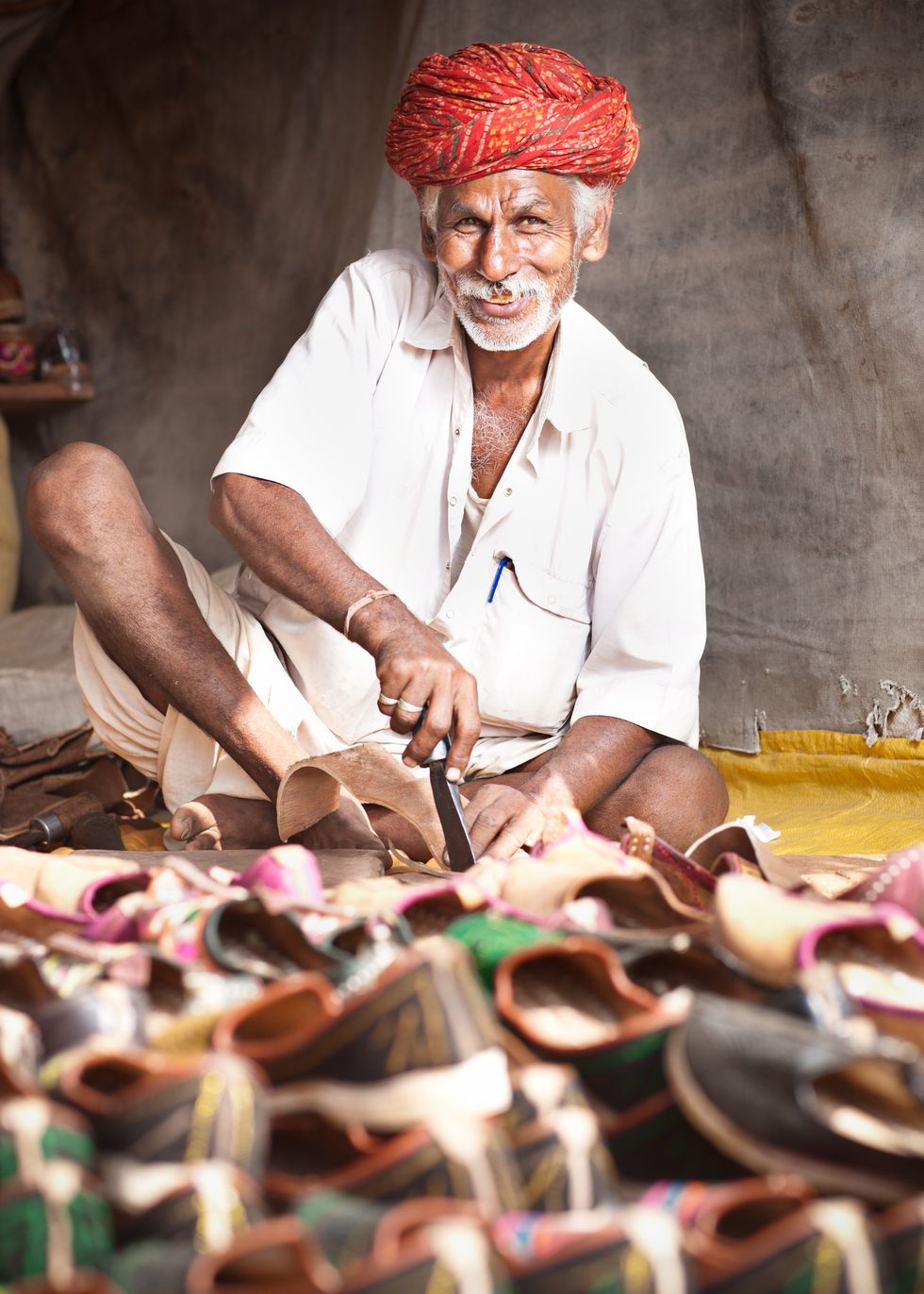According to a new study published in the BMJ Journal Occupational & Environmental Medicine, individuals working in occupations such as hairdressing, beautician services, and accounting may face a higher risk of developing ovarian cancer due to environmental factors in their workplaces.
The research revealed that prolonged exposure to substances commonly found in these professions, such as talcum powder, hair dust, ammonia, hydrogen peroxide, organic dyes and pigments, and bleaches, was associated with an increased risk of over 40%.
The study, which involved nearly 1,400 Canadian women, found that working in hairdressing or beautician roles for 10 or more years was linked to a three-fold increase in ovarian cancer risk.
Similarly, working as an accountant for the same duration was associated with a doubling in risk, while working in construction nearly tripled the risk.
The research was conducted by Universite de Montreal, Canada, and other institutes.
Long-term employment in the clothing industry, particularly in embroidery, was found to be associated with an 85% increased risk of ovarian cancer.
Additionally, working in sales and retail positions showed respective increases in risk of 45% and 59%.
The study also identified other harmful agents that contributed to over a 40% increased risk of ovarian cancer when exposed to them for eight years or more.
These agents included synthetic and/or polyester fibres, cellulose, formaldehyde, propellant gases, and naturally occurring chemicals in petrol.
The research included women participants from the PRevention of OVArian Cancer in Quebec (PROVAQ) study.
The participants, aged 18-79, were recruited from seven Montreal hospitals between 2010 and 2016 after being diagnosed with epithelial ovarian cancer.
A total of 491 women with cancer were matched for age and electoral roll district with 897 women without cancer.
The researchers also observed that women with ovarian cancer had lower levels of educational attainment, shorter durations of oral contraceptive use, and fewer or no children compared to women without the disease.
These factors are considered potential risk factors for ovarian cancer.
Although it remains uncertain whether these associations were influenced by a single agent, a combination of factors, or other workplace-related elements, the study's findings indicated that certain occupations and specific occupational exposures could be linked to an elevated risk of ovarian cancer.
(PTI)


















 Shefali Jariwala death raises concern over anti ageing drugs and self medication Instagram/shefalijariwala
Shefali Jariwala death raises concern over anti ageing drugs and self medication Instagram/shefalijariwala  Anti ageing pills found at Shefali Jariwala home spark health safety debate Instagram/shefalijariwala
Anti ageing pills found at Shefali Jariwala home spark health safety debate Instagram/shefalijariwala 
 Prada confirms Kolhapuri chappals inspired its 2026 Milan collectionInstagram/
Prada confirms Kolhapuri chappals inspired its 2026 Milan collectionInstagram/ Kolhapuri chappals have been crafted for centuries and received GI tag in 2019 iStock
Kolhapuri chappals have been crafted for centuries and received GI tag in 2019 iStock